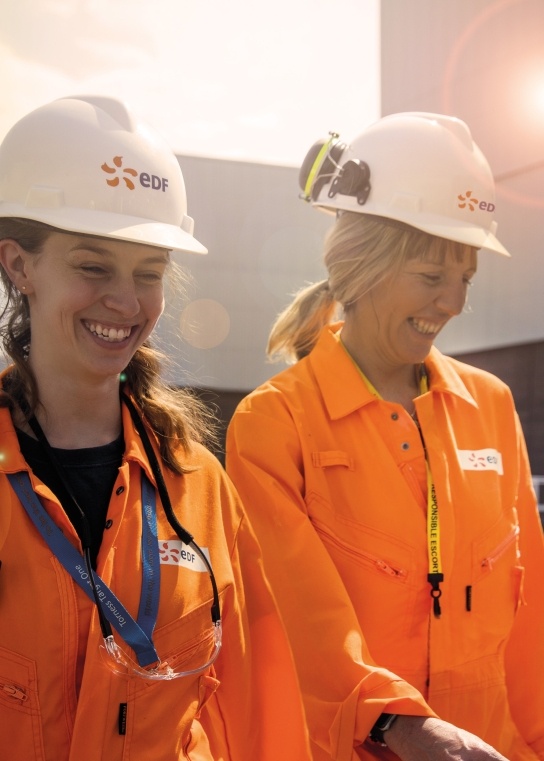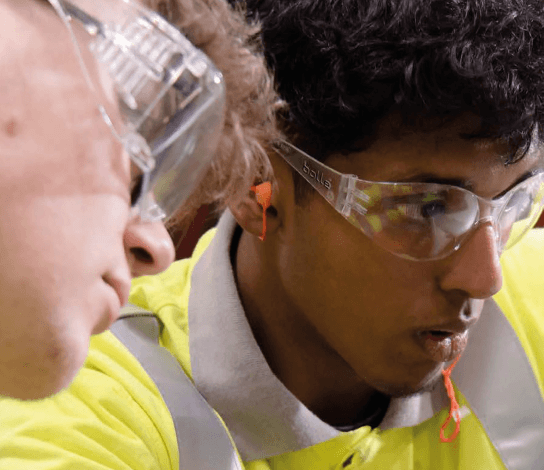Our environmental contribution
We seek to reduce our carbon emissions, waste, water use and have a positive impact on biodiversity, whilst complying with all relevant environmental legislations, permits and other requirements.
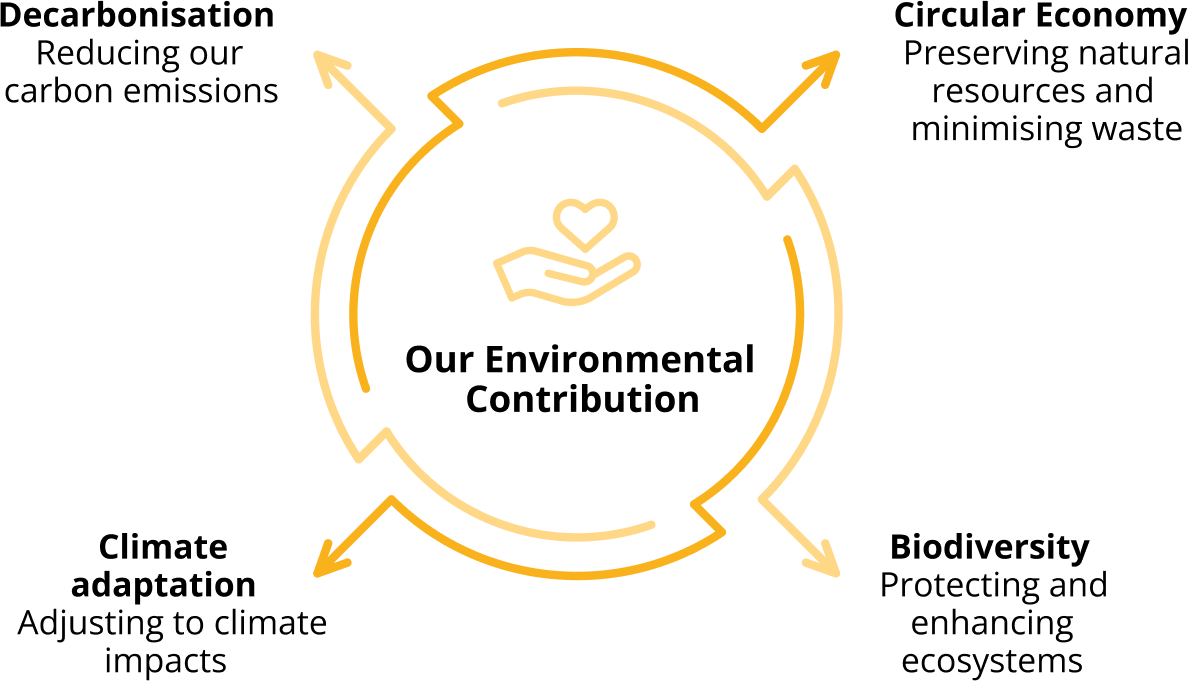
Our goals
We will be Net Zero by 2050, with a fully electric light-vehicle fleet by 2030.
We will deliver positive biodiversity outcomes on all land we directly manage and for all developments.

Decarbonisation
Our carbon footprint
In 2022, our total carbon emissions decreased by 17% compared to 2021 emissions, driven by a 91% decrease in our direct Scope 1 emissions (following the closure of our last coal plant) and 8% decrease in Scope 3 emissions (reduced gas demand by customers). Our Scope 3 emissions now represent 99% of our total. This is predominantly from the sale of gas to residential customers. We are actively campaigning for heat pumps to replace gas boilers in homes, which would significantly reduce Britain’s carbons emissions.
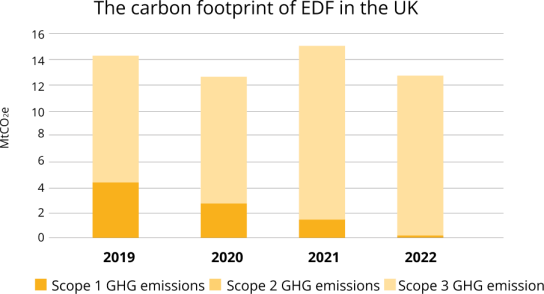
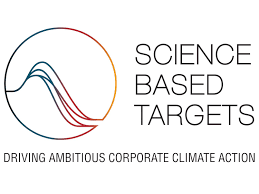
As part of EDF Group we have joined the “Business Ambition for 1.5 degrees” initiative and made commitments to achieve net zero by 2050 (across scopes 1, 2 and 3), with milestones set for 2030. By 2030, EDF Group aims to reduce its direct and indirect emissions associated with the electricity sold by 50% (versus 2017) and reduce scope 3 emissions by 28% (versus 2019). The Science Based Targets initiative (SBTi) organisation has certified this approach as going beyond the 2°C set out in the Paris Agreement.
Electric vehicles
As part of EDF Group we are committed to the EV100 initiative and converting our entire fleet to electric vehicles (EVs) by 2030. We are contributing to this with more than 400 EVs qualifying for EV100, representing over 22% of our fleet at the end of the first quarter of 2023. Many of our UK employees are advocates of EVs, with more than 700 employees having a Tusker car agreement in July 2023 leasing an EV or an ultra-low emissions vehicle through our employee leasing offer, avoiding more than 2500 tonnes CO2e per year.
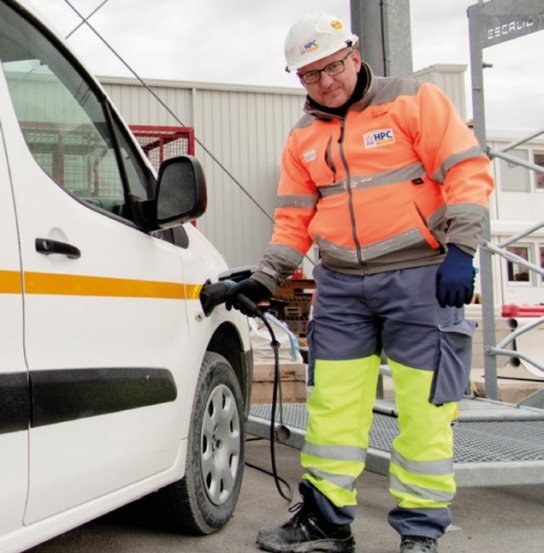
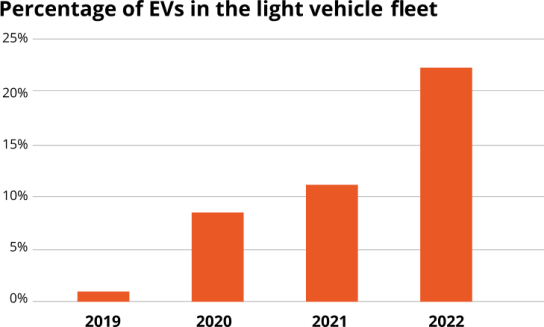
At Hinkley Point C, our main civil engineering contractor operates electric vans and the Somerset Passenger Solutions parking inspection team are using Evs. Pod Point is also moving their fleet to electric vehicles and have reached 81% of their fleet being either a BEV (Battery Electric Vehicle) or REX (Range Extender) at the end of 2022 and aim to reach 95% by the end of 2024.
Lifecycle analysis of carbon emissions
The LCAs of Sizewell C, Hinkley Point C, Sizewell B and Torness, have helped us to understand the carbon impact of our nuclear plants and inform our approach to reduce emissions and quantify our requirements to get to Net Zero. Despite the already low lifecycle emissions, we are taking action to further reduce emissions from construction, upstream fuel, operation and decommissioning.
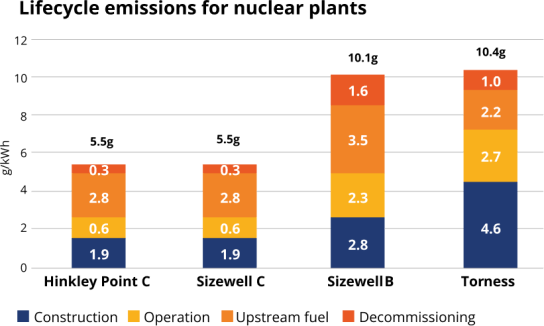
Construction
The construction stage of a nuclear plant represents at least 30% of its lifecycle emissions. We implemented several measures at Hinkley Point C to reduce emissions from construction, including retaining material onsite for reuse, and reducing diesel use onsite by powering equipment with mains electricity and using solar or hybrid tower lights. We are also using ships to deliver loads instead of lorry loads. It is made possible with a refurbished wharf for large components and a jetty at the site which handles around 80% of the aggregates needed for construction. This strategy removes 100,000 lorry loads from local roads, cuts congestion on roads and reduces carbon emissions by 50% compared to transporting freight only by road.
Upstream fuel
We support EDF Group’s work to reduce the lifecycle emissions of nuclear fuel. The approach is to collaborate with suppliers and explore routes enabling the decarbonisation of activities in the fuel cycle, including mining, conversion, enrichment, fabrication and transport.
Operation
We have launched a new initiative to reduce our operational power plant emissions, appointing Net Zero Leads at each station to coordinate projects in support our sustainability goals.
Decommissioning
We worked with consultants Ricardo to develop a route map to understand the greenhouse gas emissions associated with our decommissioning responsibilities. The study identified how EDF can reduce its emissions now, as well as how it can set up the site for a successful trajectory towards Net Zero in the future. We are now working on the recommendations, including site audits, green travel plans, the switch-off redundant equipment, and developing a strategy for landscaping and vegetation.
Circular Economy
As part of EDF Group we are committed to a Circular Economy approach that enhances the use of natural resources and limits our environmental footprint along the lifecycle of our installations and activities. We aim to implement Circular Economy principles into the way we work by designing and maintaining low-carbon energy facilities with long lifetimes, pro-actively preventing waste and pollution, achieving greater resource productivity, and preserving and recovering the value of products and assets.
Our waste recovery rates remain high and ahead of the 90% target set by EDF Group.
In 2022, 98% of conventional waste at our operating sites was recovered, recycled or composted and 2% was sent to landfill.
Wind turbine blades
While most components of wind turbines can be recycled, blades are more challenging to recycle due to the composite materials used in their production. We are developing solutions to prevent wind turbine blades from going to landfill. For all wind farms under its control, EDF Renewables made the commitment to either reuse, recycle, or recover the decommissioned wind turbine blades. We are part of the SusWind initiative, launched in 2021 by the National Composites Centre, which explores ways to recycle materials in wind turbine blades and the use of sustainable materials.
Nuclear plant construction
During the construction of our new nuclear plant Hinkley Point C, we launch various initiatives to integrate the Circular Economy principles on our site and across our supply chain.
- Using recycled steel: The new power station requires 280,000 tonnes of steel reinforcement known as rebar. Hinkley Point C’s rebar is made from 98% recycled steel sourced in the UK. This means the CO2 impact is around a quarter of using new imported steel.
- Reducing single-use plastic: Hinkley Point C’s catering supplier, the locally based Somerset Larder is sourcing local food and reducing plastic packaging. 95% of the packaging used by the Somerset Larder comes from sustainable sources, with almost no single-use plastic. More than 75% of its plastic-free packaging and disposable cups are made from plant-based materials.
- Minimising food waste: Any food waste generated at the central kitchen is taken to an anaerobic digester, providing power back into the grid. Hinkley Point C’s catering supplier is also focusing on sourcing local ingredients.
- Waste consolidation centre: In 2020, we opened a waste consolidation centre to process and sort materials, increase recycling and reduce landfill. The Centre significantly reduces the number of vehicle movements both on-site and within the local area by bulking and consolidating waste on-site, rather than at off-site locations.
- Asset reuse project: We are making the best use of our construction assets at the end of their life on site or off site. At Hinkley Point C, we are developing a consistent process to assess, treat and reuse construction assets, materials and equipment that are not used anymore. For example, interlocking Legato blocks initially used to build a new water transfer facility have been reused to build walls on the construction site. We also plan to work with our regional partners to define the best future potential for our larger assets, such as temporary buildings and parking facilities.
Reusing after decommissioning
Following the closure of our last coal plant West Burton A that ceased generation in March 2023, we are aiming to reuse and recycle materials, goods and assets wherever possible. We established an inventory to identify items that may be reused and who could be interested, including our own staff, internal business units or sites, external companies, and charities. Examples include:
- Shipping containers donated to a local cricket club,
- Various tools donated to charities,
- Plant pots, name plates, TV’s, monitors, cupboards, lockers, radios, projectors, shelves and bookcases bought by employees,
- Metal analysers transferred to another office,
- Electronic devices, simulator desk, monitor, cables and stands transferred to renewable sites,
- Workshop machines and equipment transferred to a nuclear plant,
- Conveyor belts, furnace cameras, springs and bearings sold externally.
Nuclear waste management
We design and operate nuclear plants with long lifetimes, which is aligned with the Circular Economy principle of preserving the value of assets. Nuclear generation results in small amounts of radioactive waste, for which we ensure is safely managed. Click here to find more about how we dispose of nuclear waste safely and to find more about the decommissioning process.
Hinkley Point B and Hunterston B nuclear stations stopped generating electricity in 2022 after 46 years of service, and have started defuelling, which consists of removing all the used nuclear fuel.
- Low-level waste will be managed using existing disposal routes, the same as for waste produced during generation.
- Some intermediate-level waste requiring long-term storage will be processed, packaged, and stored in an Intermediate Level Waste Store, pending the availability of the national Geological Disposal Facility.
- Other intermediate-level waste will continue to be stored in engineered storage vaults, as it was during the operational period. These vaults are within the reactor safestore structure, and the waste will remain safely stored until final site clearance activities up to 80 years after end of generation.
- Spent fuel, which is high-level waste, is removed from the site during and after operations and transported to Sellafield where it is stored safely in the centralised UK repository awaiting the Government’s development of the Geological Disposal Facility.
- Reuse existing facilities: We will need three waste facilities to manage, process and store waste generated during decommissioning Hunterston B. We aim to reuse and refurbish existing facilities on the Hunterston Estate wherever possible to act as these new waste facilities, instead of constructing new ones. Two of the three new facilities have been confirmed as refurbishments and the options for the third facility are currently being investigated. This will enable to avoid the costs, energy consumption and carbon emissions needed to build new facilities.
Water
Water is a fundamental resource to all aspects of life, including energy production. Water is needed to cool nuclear and thermal plants. More than 99% of the water we use for cooling processes is drawn from the sea or estuaries, where there is no risk of water shortage. Find water metrics in our datasheet.
Biodiversity
We take a positive approach to biodiversity across our operations and through our entire value chain. Our goal is to deliver positive biodiversity outcomes on all land we directly manage and for all developments.
We implement this by having Biodiversity Action Plans in place at all nuclear sites, setting out objectives and targets for managing land and monitoring habitats and species to ensure a positive outcome for biodiversity is achieved. We also maintain the Biodiversity Benchmark accreditation for the management of the non-operational land at our six UK AGR nuclear landholdings. To date, we are the only UK energy company that has been certified. This is part of EDF Group’s commitments to Act4nature, an initiative aiming at accelerating concrete business action in favour of nature.

On our Sizewell estate, the thatched barn is a grade II listed building. It is of historic interest at a national level and requires protection and supports roosting bats. It is also a working building used to store materials and equipment. A condition survey showed that the barn was deteriorating. Before starting renovation work, we recruited ecologists to complete a bat scoping survey and devise a mitigation plan, implemented under a licence, to protect bats and their roost sites in the long-term.
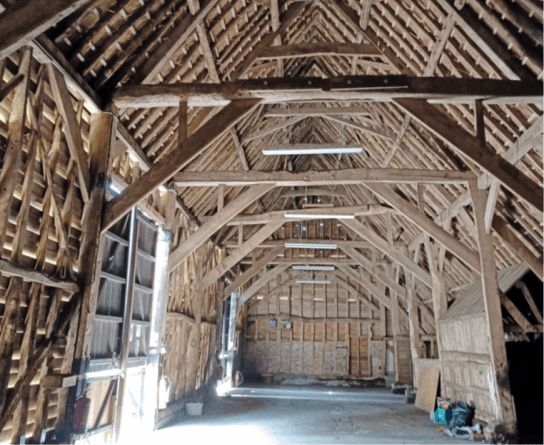
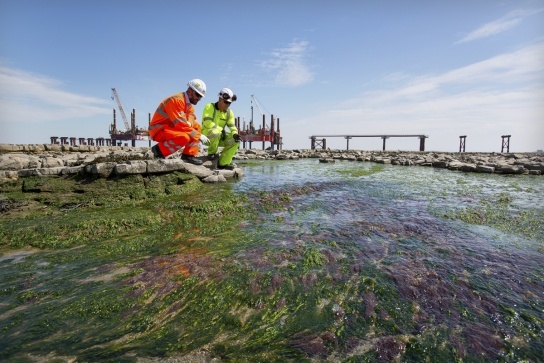
Hinkley Point C is committed to leaving the local environment in a better state than before. An early restoration of the land at the southern edge of the construction site has been completed for local people to enjoy. The landscaped area features footpaths with newly planted trees and shrubs, which will be far richer in biodiversity, giving wildlife plenty to feed on in this sustainable habitat. Find more about how Hinkley Point C is committed to protecting the environment.
Sizewell C will give more back to biodiversity in Suffolk than it takes away, targeting 19% biodiversity net gain in the long-term and investing in habitat creation to protect local species. This habitat creation has already started with new wetland, including open water, ditches and reedbeds, hosting marsh harriers, bats, water voles and otters. An independent Environmental Trust promoting wildlife and the environment will also be established in Suffolk and £78 million will be invested through the trust. Sizewell C’s environment team created Wild Aldhurst, a flourishing nature reserve open to the public combining grassland, heathland and wetland to protect and enhance nature. Find more about how Sizewell C is committed to protecting the environment.
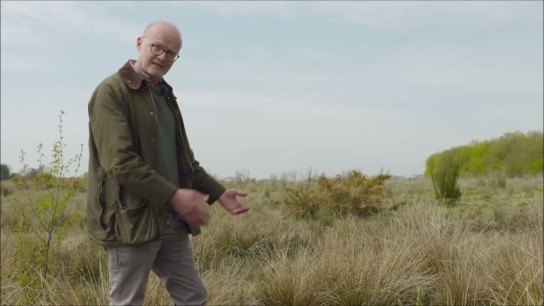
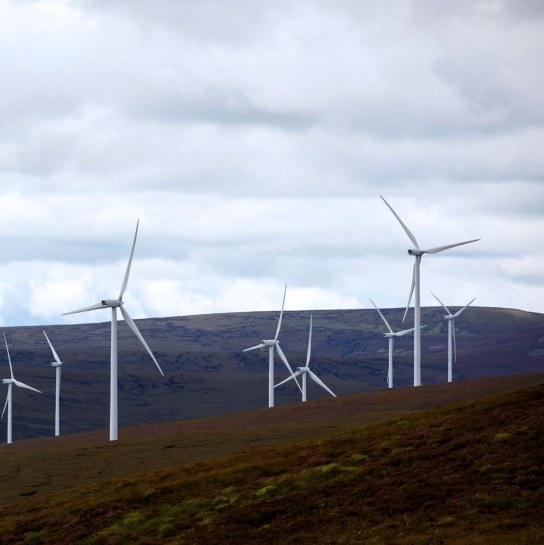
Around our wind and solar plants, we also look to deliver a biodiversity net gain. One example is Dorenell wind farm, where some plant and animal species are monitored and restored, and historic water levels are being reinstated. A new research programme has been launched and looks at increasing the benefits large-scale solar farms can have on biodiversity, soil health and carbon, wildlife habitats and farmland management in the UK.
Climate adaptation
The world is already experiencing changes in average and peak temperatures, shifts in seasons, and increasing frequency of extreme weather events. In addition to reducing our emissions to achieve Net Zero, we need to develop adaptation solutions to respond to current and future climate impacts.
- We conduct climate related risk assessments as part of the requirements to safely plan, operate and decommission a nuclear station, to ensure risk assessments and management plans continue to reflect our evolving understanding of the potential impacts of climate change. We implement enhancements to our nuclear fleet to ensure safety in case of extreme weather events, such as heatwaves and severe storms. Measures include improvements of our procedures, equipment to monitor meteorological conditions, investments in cooling systems.
- We also carry out Climate Change Resilience Assessments as part of the planning and development consent for our new nuclear plants Hinkley Point C and Sizewell C. These assessments identify the potential consequences of climate change and appropriate mitigation or adaptation measures.
- We developed a Climate Change Adaptation Plan as part of EDF Group target to deploy adaptation plans at all concerned entities to address present and future physical climate risks, review measures taken or planned to ensure the resilience of nuclear assets.
- We have set up a Climate Change Adaptation Programme to understand the physical risks and implications of climate change impacts on our nuclear business and deliver the necessary framework and tools to manage those risks and develop adaptation plans.
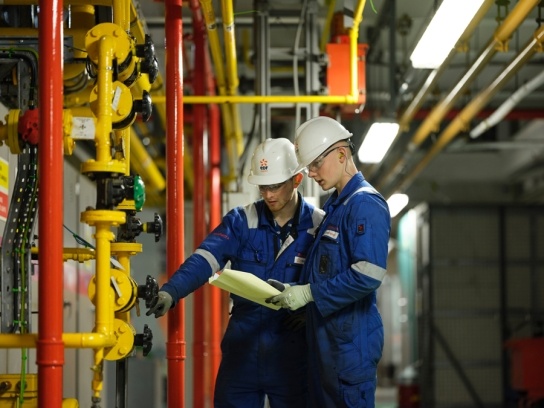
Discover more
Find out how we're helping Britain achieve Net Zero

